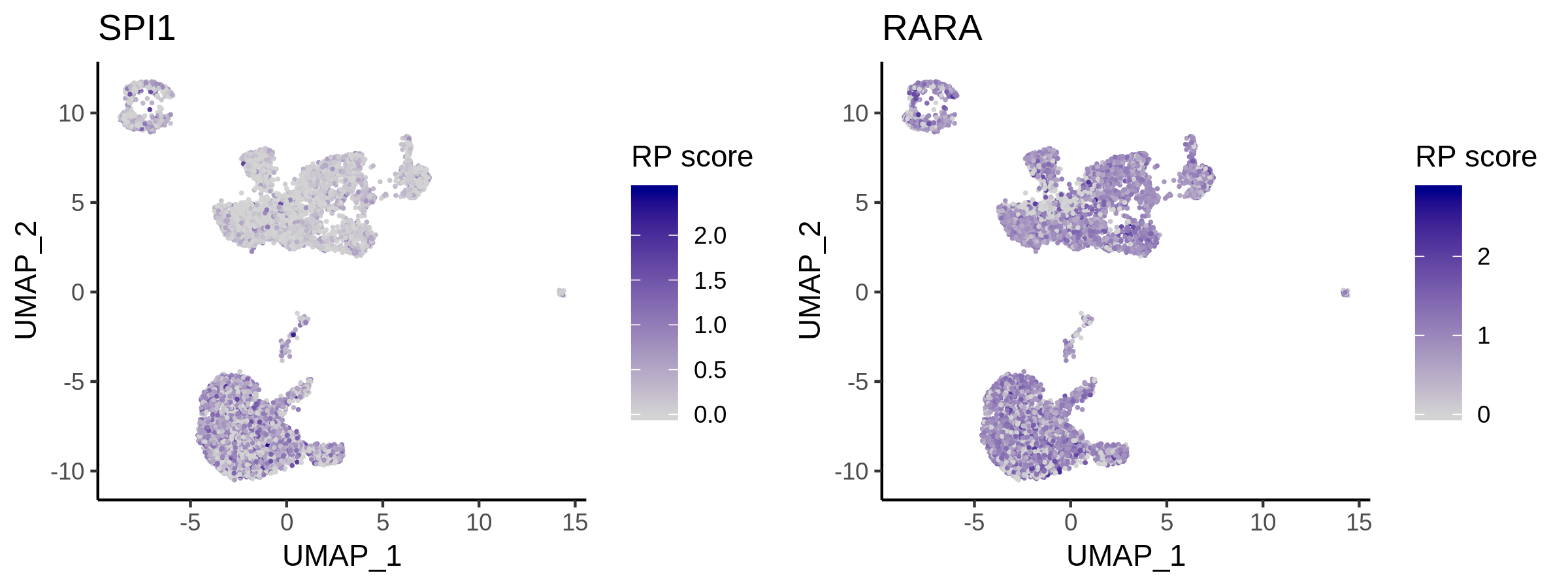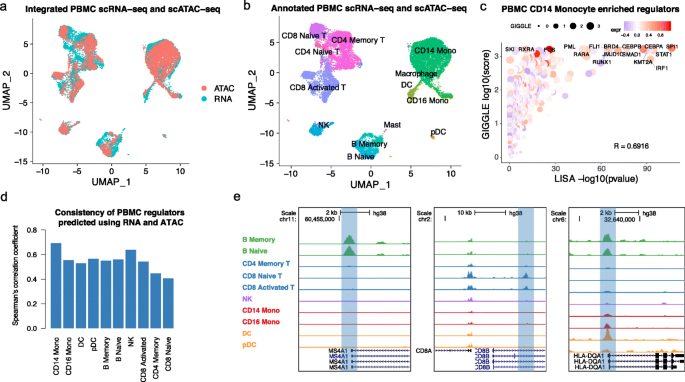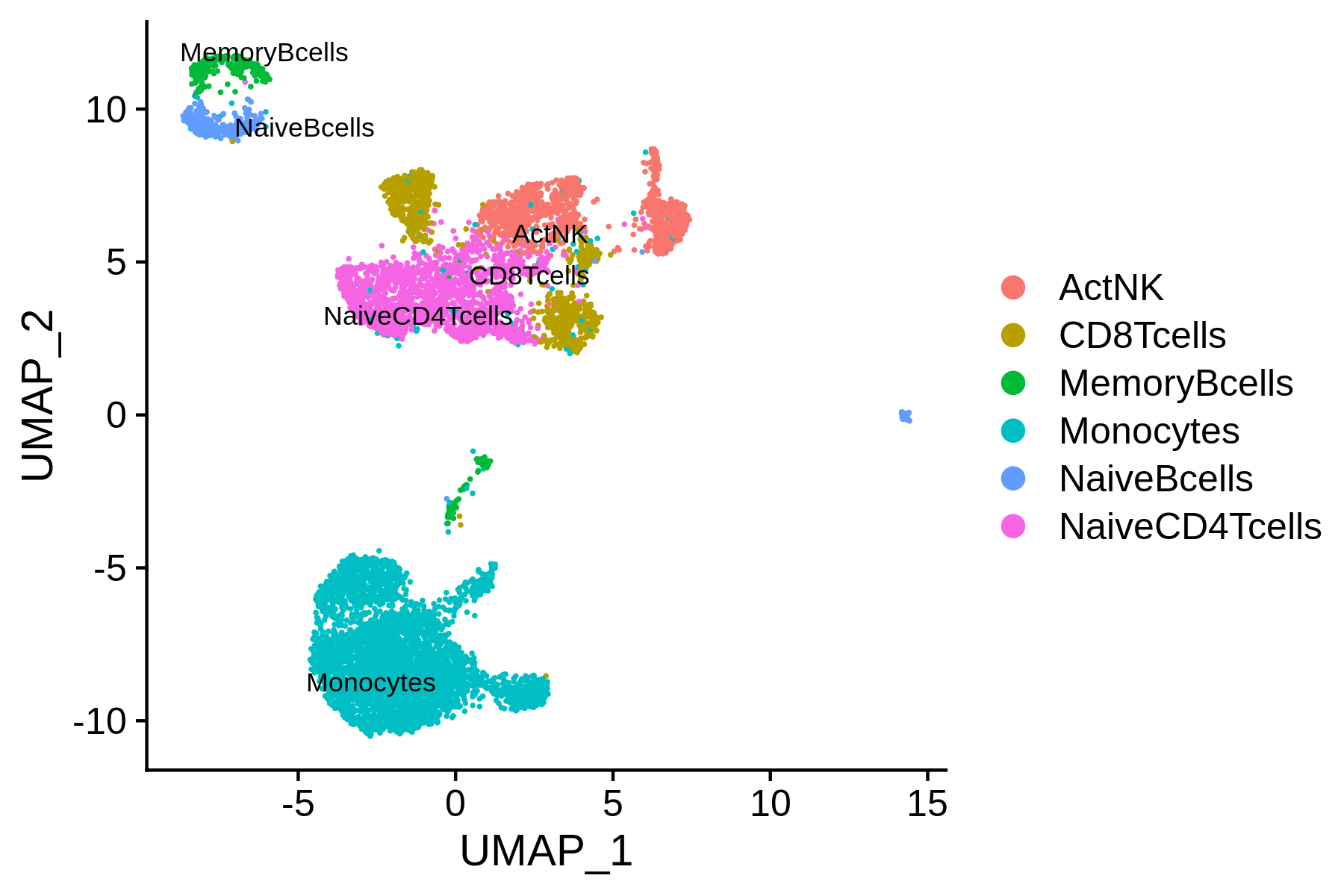

each cell has a barcode, and I have txt files containing the barcodes for each group.

There are a little more reads pulled out by pysam.ĭownload the bam file and the clusters.csv files from ġ6771134 + 0 in total (QC-passed reads + QC-failed reads)ġ6508476 + 0 properly paired (98.43% : N/A)Ģ4024 + 0 with mate mapped to a different chrġ2056 + 0 with mate mapped to a different chr (mapQ >=5)ġ6407030 + 0 in total (QC-passed reads + QC-failed reads)ġ6201216 + 0 properly paired (98. Hi Brent, I want to split a 10x single cell ATACseq bam files by group of cells. # the bam files may contain reads not in the final clustered barcodes # will be None if the barcode is not in the clusters.csv file cluster_id = cluster_dict. tags # the 8th item is the CB tag CB_list = "CB"]

This tutorial will focus on the filtered version. Cell Ranger generates two matrices as output from the pipeline. AlignmentFile( "cluster" + cluster + ".bam", "wb", template = fin)įouts_dict = fout for read in fin: This tutorial walks through one method for obtaining the counts from the filtered feature barcode matrix starting with the 10x Genomics BAM file (i.e. Import pysam import csv cluster_dict = įout = pysam. Samtools flagstat atac_v1_pbmc_5k/outs/out-cluster-10.bamĢ3174666 + 0 in total (QC-passed reads + QC-failed reads)Ģ2873454 + 0 properly paired (98.70% : N/A)ģ8116 + 0 with mate mapped to a different chrġ9077 + 0 with mate mapped to a different chr (mapQ >=5) possortedgenomebam.bam, BAM file containing both unaligned reads and reads. However I failed to find bam files in original format, which is mentioned in the last step. The subfolder named outs will contain the main pipeline output files. To view the intervals, one can use the optional output BED file produced by Genrich with -b.
POSORTED BAM FILE FORMAT 10X SCATAC FULL
However, the BAMs show the read alignments, not the full fragments generated by the ATAC nor the cut site intervals analyzed by Genrich. MD-Mismatching positions/bases (BWA only).īAM files are suitable for viewing with an external viewer such as IGV or the UCSC Genome Browser.īAM index files (*.bam.bai) provide an index of the corresponding BAM file.23691881 + 0 in total (QC-passed reads + QC-failed reads)Ģ3310179 + 0 properly paired (98.39% : N/A)Ĥ0060 + 0 with mate mapped to a different chrĢ0207 + 0 with mate mapped to a different chr (mapQ >=5) Hi, I am trying to get the public data of your paper and I followed the instructions of 'Getting 10x scATAC-seq Bam Files' in README. Viewing BAM files with IGV requires that they be sorted by coordinate and indexed using SAMtools. NM-Edit distance tag, which records the Levenshtein distance between the read and the reference. RG-Read group, which indicates the number of reads for a specific sample.īC-Barcode tag, which indicates the demultiplexed sample ID associated with the read. Here, we show that 1321 of cell barcodes from the 10x Chromium scATAC-seq assay may have been derived from a droplet with more than one oligonucleotide sequence, which we call barcode.

The alignments section includes the following information for each read or read pair: File Records Reference Description possortedbam.bam: Reads: User-specified reference: Barcode-corrected reads aligned to the user-specified reference, sorted by reference position. The read name includes the chromosome, start coordinate, alignment quality, and match descriptor string. Alignments in the alignments section are associated with specific information in the header section.Īlignments-Contains read name, read sequence, read quality, alignment information, and custom tags. Header-Contains information about the entire file, such as sample name, sample length, and alignment method. The variable,#, is the sample number determined by the order that samples are listed for the run.īAM files contain a header section and an alignment section: SAM and BAM formats are described in detail at /hts-specs/SAMv1.pdf.īAM files use the file naming format, SampleName. The rbamtools package provides a R-interface to the samtools C. Analysis of results of a sequence alignment requires reading and interpreting BAM-files and sometimes manipulating BAM-files. Many sequence alignment products which align second generation sequence reads to a genomic reference (such as the human genome) use BAM-file format as output. A BAM file (*.bam) is the compressed binary version of a SAM file that is used to represent aligned sequences. BAM is Binary (Sequence) Alignment/Map format.


 0 kommentar(er)
0 kommentar(er)
